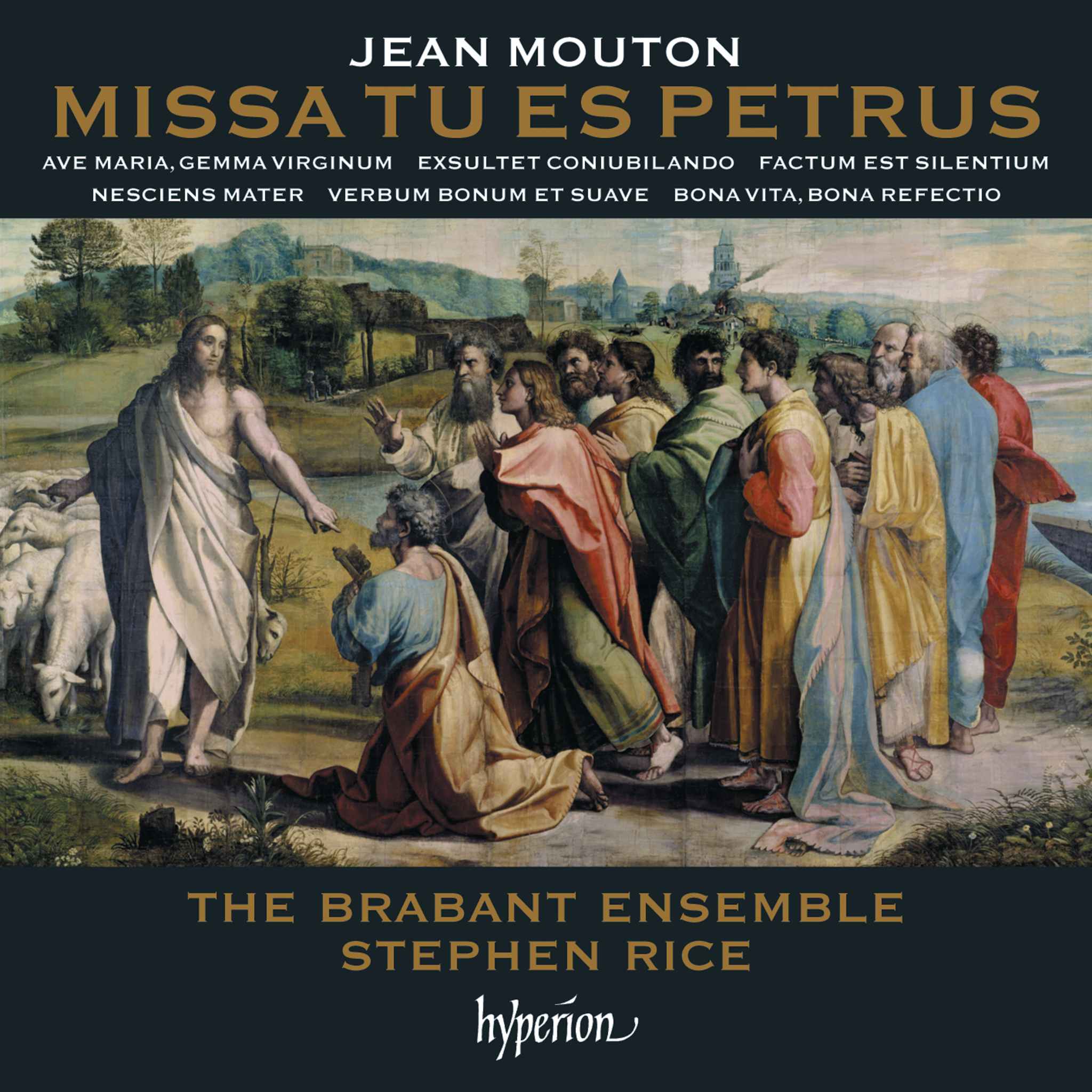Album insights
The present CD features two quartets composed within a few years of each other by composers primarily associated with the opera stage, marking their only foray into this genre. Each pays homage in its unique way to the Viennese masters who perfected the string quartet form. Verdi's quartet, written when he was almost sixty, showcases nuanced mastery, revealing the composer's personal touch on every page. In contrast, Strauss's quartet, a youthful piece, is remarkably convincing but gives no hint of the future creator of Don Juan, Elektra, and Der Rosenkavalier.
Verdi's sole extensive instrumental work came about by sheer chance during the winter of 1872/1873 in Naples. Engaged in overseeing the restaging of his operas Don Carlos and Aïda, Verdi found himself with ample time due to the illness of his leading soprano. Seizing the opportunity, he composed a string quartet during March, later presenting it to friends at Hotel delle Crocelle. Initially dismissive of his work, Verdi eventually relented to public demand and allowed its publication and performance after three years of prohibition.
Verdi's somewhat disparaging view of his quartet notwithstanding, it's possible that his reluctance to publish stemmed from deep admiration for the quartets of Haydn, Mozart, and Beethoven. Yet, Verdi must have secretly acknowledged creating a work with compelling individuality and profound artistry. The quartet demonstrates Verdi's departure from operatic influences, showcasing intricate chamber music finesse. This experience likely influenced the refined instrumental writing seen in his final Shakespeare operas Otello and Falstaff.
The initial Allegro skillfully employs the classical sonata form rich in well-defined ideas within a tight structure. Verdi's clever handling of themes includes a motif from Aïda representing Amneris's jealousy, iterated through inventive variations. The development section features a powerful interplay of themes in strict counterpoint, leading to a forceful finale. The Andantino in C major evokes shades of Haydn within Verdi's personal style, offering a delicate balance of thematic elegance and dramatic outbursts. The Scherzo in E minor embodies demonic vigor with sudden dynamic shifts, while its A major Trio radiates Italian flair amidst a simple pizzicato accompaniment.
Verdi drew inspiration from the Vienna Classical quartet repertoire for fugue finales, akin to Haydn's quartets and Beethoven's Op. 59 No. 3. Verdi's Scherzo fuga showcases contrapuntal prowess, playfully blending complex fugue techniques with effortless flair. The relentless energy of the music, characterized by kaleidoscopic structural changes and unending chromaticism, leads to a conclusive resolution in E major.
In contrast, the conservative language of young Strauss's quartet mirrors his strict classical training, influenced by his father's disapproval of Wagner and Liszt. Composed in 1879/1880, the A major Quartet reflects Strauss's early alignment with established classical styles. Listeners encountering the quartet's outer movements may mistake them for works by a gifted young contemporary of Beethoven, showcasing the thematic mastery and contrapuntal agility reminiscent of Beethoven's early quartets.
Strauss's quartet offers a refreshing and entertaining Scherzo and a contemplative Andante in B minor, exuding Mendelssohn's melancholic charm with clear yet imaginative violin passages. Strauss's Op. 2 was initially rejected by Breitkopf & Härtel but found a home with Joseph Aibl due to its Beethovenian echoes and accomplished compositional technique.







